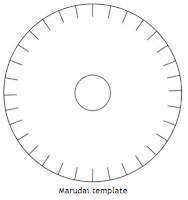What Is a Kumihimo Bracelet? The Art of Japanese Braiding

If you've ever seen a beautifully intricate, colorful bracelet and wondered about its origins, you might have stumbled upon a kumihimo bracelet . Far more than just a piece of jewelry, these bracelets are a wearable piece of ancient art. So, what is a kumihimo bracelet, exactly? In a nutshell, it's a bracelet created using a Japanese form of braiding known as Kumihimo (組み紐), which translates to "gathered threads." This craft dates back centuries, originally used for practical and decorative purposes on samurai armor, kimono sashes, and religious artifacts. Today, it's a popular and relaxing craft for people all over the world, resulting in stunning, unique bracelets and jewelry. Let's untangle the history, techniques, and reasons behind the popularity of these beautiful creations. The Deep-Rooted History of Kumihimo You can't fully answer "what is a kumihimo bracelet?" without diving into its rich history. The...






